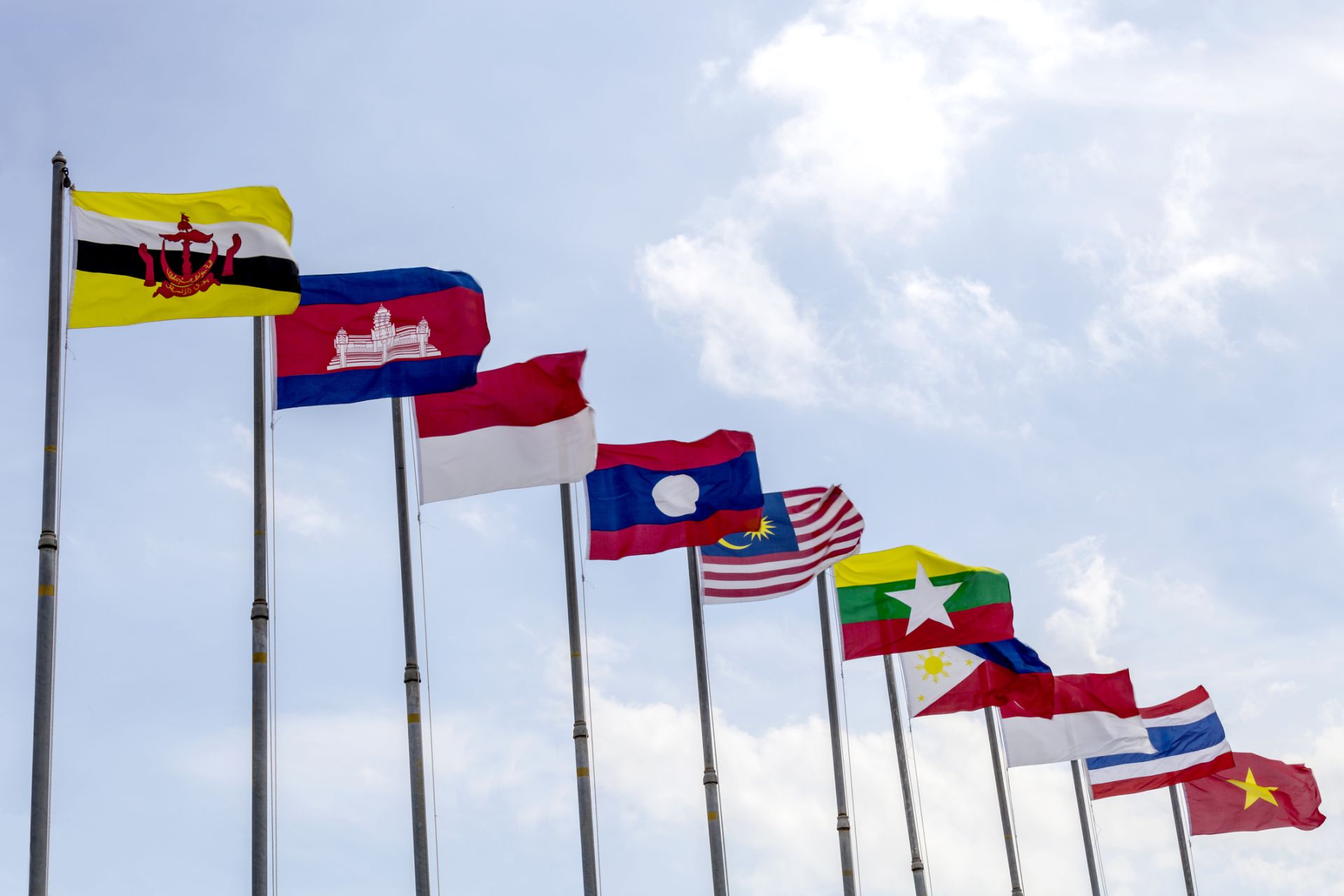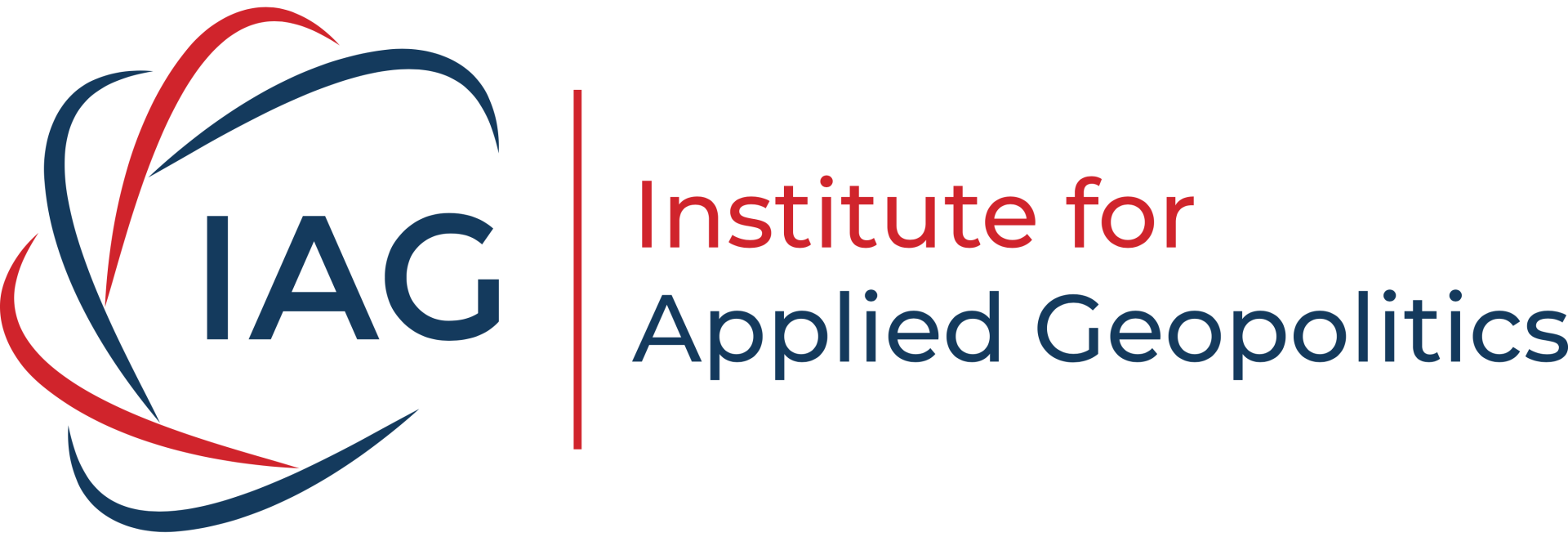Shifting Alliances: U.S., India, and Russia Compete for Influence Across the Global South

Photo credit: iStock.com/Aj_OP
Intelligence Summary
In October 2025, a series of diplomatic initiatives across Asia, Africa, and Latin America reflected a broader realignment of global alliances and the strengthening of South-South cooperation.
Southeast Asia, Malaysia and the United States are jointly facilitating negotiations between Thailand and Cambodia to expand a fragile ceasefire agreement following five days of border clashes in late July that killed dozens and displaced more than 260,000 people. The conflict prompted U.S. President Donald Trump to threaten the suspension of trade privileges to both countries unless they agreed to a truce. The ceasefire was followed by continued tensions, including Thai accusations that Cambodia had laid new landmines in violation of the truce, which Phnom Penh denied.
Malaysian Foreign Minister Mohamad Hasan announced that ongoing negotiations aimed to broaden the ceasefire to include landmine clearance and the withdrawal of heavy weapons, with the goal of signing a formal peace accord during the ASEAN Summit in Kuala Lumpur in late October. The proposed “Kuala Lumpur Accord” would require both sides to remove all landmines and withdraw military machinery from the border. Thai Prime Minister Anutin Charnvirakul confirmed that Bangkok had received a letter from President Trump urging resolution of the dispute. The “Kuala Lumpur Accord” outlines four conditions for peace: removal of heavy weapons, landmine clearance, border management, and cross-border crime prevention. Cambodian Prime Minister Hun Manet credited Trump’s mediation with ending the conflict and has allegedly nominated him for a Nobel Peace Prize.
The ASEAN Summit will host leaders from Southeast Asian nations and several global partners, and is expected to feature Trump’s attendance on October 26 to witness the signing of the peace accord. Reports indicate that Trump’s participation is allegedly contingent on ASEAN holding an official ceasefire ceremony with him presiding and that he requested Chinese officials not be included in the event, despite China’s involvement in earlier mediation efforts. The 800-kilometer Thai-Cambodian border has a long history of disputes, and despite the ceasefire, sporadic clashes continued into September.
In South Asia, India intensified its regional diplomacy. Earlier today, October 14, the Indian High Commission in Colombo posted on social media that Indian High Commissioner to Sri Lanka Santosh Jha met Janatha Vimukthi Peramuna (JVP) General Secretary Tilvin Silva to discuss recent developments. The meeting focused on economic collaboration, Indian investment, and ongoing development projects such as housing for displaced communities. It also preceded Sri Lankan Prime Minister Harini Amarasuriya’s first official visit to India, signaling a renewed emphasis on economic and technological partnership between the two neighbors, and the expansion of bilateral cooperation.
In Latin America, U.S.-Argentina relations deepened as President Javier Milei prepared for his first White House meeting with President Trump, which is expected to take place today, October 16. The meeting follows a $20 billion U.S. currency swap line extended to Argentina to stabilize its peso and replenish foreign reserves amid a financial crisis. The bailout came after Milei’s government suffered electoral setbacks and faced mounting inflationary pressure. Analysts noted that the U.S. move was politically significant, given Argentina’s status as the International Monetary Fund’s largest debtor and the Trump administration’s willingness to provide direct financial support despite domestic criticism.
Meanwhile, in Africa, Russian Foreign Minister Sergey Lavrov accused Western powers of fueling instability on the continent by exploiting colonial-era divisions and deflecting blame onto Moscow. Lavrov defended Russian military deployments in Mali as being conducted at the host government’s invitation and denied allegations that Russian forces were destabilizing the region. He emphasized Russia’s readiness to mediate rising tensions between Mali and Algeria and reaffirmed Moscow’s support for the African Union’s policy of maintaining post-colonial borders to prevent renewed conflict.
Collectively, these developments illustrate a pattern of shifting alliances and assertive diplomacy by both Western and non-Western powers. The United States sought to consolidate influence in Southeast Asia and Latin America through direct mediation and financial intervention, while Russia positioned itself as a defender of African sovereignty against Western interference. India’s engagement with Sri Lanka underscored its regional leadership ambitions and its role in fostering South Asian economic integration.
Why it Matters
The convergence of these diplomatic initiatives demonstrates a significant shift in global alignments, where both established and emerging powers are competing to shape the structure of power and alliances through targeted regional engagement. The U.S.-facilitated Thailand-Cambodia peace process highlights Washington’s renewed focus on Southeast Asia as a strategic region for influence, particularly amid intensifying U.S.-China rivalry. By linking the ceasefire to the ASEAN Summit and ensuring President Trump’s personal involvement, Washington sought to project itself as an indispensable security guarantor in a region where Beijing has traditionally held sway. Trump’s alleged request for the exclusion of Chinese officials from the ceremony, despite their earlier mediation role, underscores the competitive nature of this diplomacy and signals a deliberate U.S. effort to marginalize China’s influence in ASEAN’s conflict-resolution mechanisms.
The Thailand-Cambodia peace deal also carries implications for regional security architecture. The inclusion of landmine clearance and heavy weapon withdrawal provisions suggests a move toward institutionalized border management under ASEAN oversight, potentially setting a precedent for future intra-ASEAN conflict resolution. Malaysia’s facilitation role reinforces its position as a neutral mediator and enhances ASEAN’s credibility as a regional stabilizer. The U.S. involvement, however, introduces a layer of geopolitical competition into what has traditionally been a Southeast Asian-led process, raising questions about ASEAN’s autonomy in managing its internal disputes.
In South Asia, India’s outreach to Sri Lanka reflects New Delhi’s strategic intent to consolidate influence in the Indian Ocean region amid growing Chinese presence. The meeting between Indian envoy Santosh Jha and JVP leader Tilvin Silva, coupled with Prime Minister Amarasuriya’s planned visit to India, represent a deepening of economic and political ties that could counterbalance Beijing’s Belt and Road footprint in Sri Lanka. The focus on investment, technology, and development cooperation aligns with India’s broader “Neighborhood First” policy and positions it as a key driver of South-South economic integration.
In Latin America, the U.S. decision to extend a $20 billion lifeline to Argentina represents both a geopolitical and financial maneuver. By stabilizing Argentina’s economy ahead of critical midterm elections, Washington reinforced its influence over a key regional partner while countering potential Chinese or BRICS financial outreach. The bailout also demonstrates the use of economic instruments as tools of strategic alignment, rewarding ideological and political affinity with tangible financial support. However, the move risks domestic backlash in the U.S. and raises concerns about the sustainability of Argentina’s debt obligations, potentially creating long-term dependency rather than resilience.
Russia’s diplomatic messaging in Africa, articulated by Foreign Minister Lavrov, serves as a counter-narrative to Western influence. By framing Moscow’s presence as a stabilizing force invited by legitimate governments, Russia seeks to legitimize its expanding security footprint while discrediting Western narratives of destabilization. The emphasis on colonial legacies and border integrity resonates with African audiences sensitive to external interference, serving to strengthen Russia’s soft power and diplomatic leverage.
Taken together, these developments show a shifting diplomatic landscape where influence is increasingly exercised through mediation, financial assistance, and shared interests rather than direct military confrontation. The U.S. and Russia are both leveraging soft power and strategic partnerships to consolidate influence across the Global South, while regional powers like India and Malaysia are asserting greater agency in shaping their regions. These dynamics suggest that future geopolitical competition will have less emphasis on territorial control and more on the ability to build durable, trust-based partnerships across emerging regions.
Key Actors
- United States
- Malaysia
- Thailand
- Cambodia
- India
- Sri Lanka
- Argentina
- Russia
- African Union

